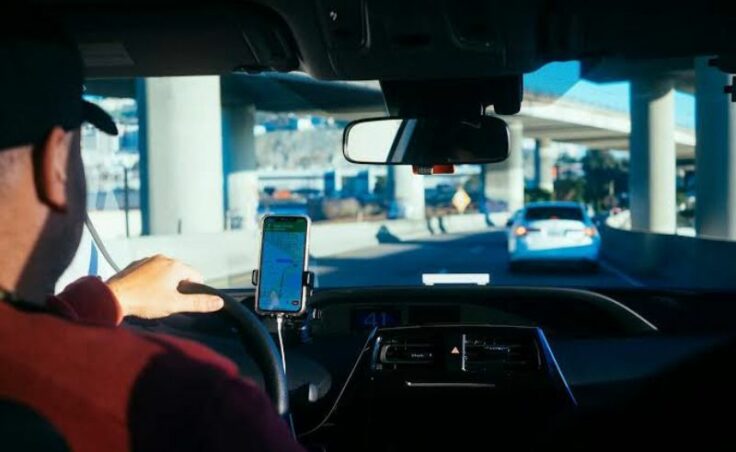After calls for increased safety measures on ride-hailing applications, both Uber and Careem have announced their intention to integrate an SOS button into their apps. This button will enable passengers to request assistance in the event of an emergency during a ride. According to an announcement from Ahmed Badawi, parliamentary head of the Communications and Information Technology Committee, this new feature is set to be implemented in an update by April. However, the question remains: is this sufficient?
On Wednesday, Feb. 21, a tragic incident involving a 23-year-old Egyptian woman named Habiba El Shamaa unfolded. El Shamaa, innocently taking an Uber to her destination, found herself in a harrowing situation leading to her death. Despite her initial trust, El Shamaa began feeling uneasy during the ride, fearing for her safety and suspecting the driver’s intentions. Consequently, she took drastic action, leaping from the moving vehicle on Suez road, ultimately sustaining severe injuries including bone fractures, internal bleeding, and a brain hemorrhage. Despite three weeks in a coma, she tragically succumbed to her injuries on March 14, 2024.
This incident raises serious concerns about the safety standards within Egypt’s ride-hailing industry. How many more deaths like El Shamaa’s must occur before meaningful reforms are enacted? Following the outcry on social media, both Uber and Egyptian authorities have faced criticism for their handling of the matter.
Moreover, the response from Egyptian law enforcement has shed light on broader issues concerning public safety and accountability. The arrest and interrogation of the driver on Feb. 24, along with revelations of his prior criminal record, underscore the urgent need for enhanced background checks and stricter regulations within the ride-hailing sector. Proposed measures include more rigorous driver screening processes, improved safety features within ride-hailing apps, and stronger accountability mechanisms to address instances of misconduct or violence. Additionally, other factors needed to be taken into account are reforms to monitor all smart transport applications available in Egypt, since they compete with one another yet disregard global safety and security regulations, and mandate that drivers submit an annual criminal status report and undergo periodic drug testing.
Recent developments have seen the Public Prosecution referring the accused Uber driver, involved in the attempted kidnapping of El Shamaa, to the Criminal Court. The ongoing investigation, overseen by Dr. Muhammad Al-Amin, the family’s lawyer, has revealed additional charges against the driver, including forgery of official documents. Furthermore, it has emerged that the driver was under the influence of narcotics at the time of the incident. This revelation, coupled with his history of drug use, adds complexity to the legal proceedings. Investigations suggest that the “perfume” the driver claimed to have sprayed may have been an intoxicant, prompting the young woman’s desperate escape.
As details of the incident continue to emerge and investigations progress, one thing remains clear: this tragedy underscores a larger issue. El Shamaa’s ordeal is not an isolated incident, as numerous Egyptian women have shared similar accounts of harassment, attempted kidnapping, and other forms of misconduct by Uber drivers on social media. Addressing these systemic issues requires collective action and a commitment to prioritizing passenger safety in Egypt’s ride-hailing industry. The SOS button is only a start.









